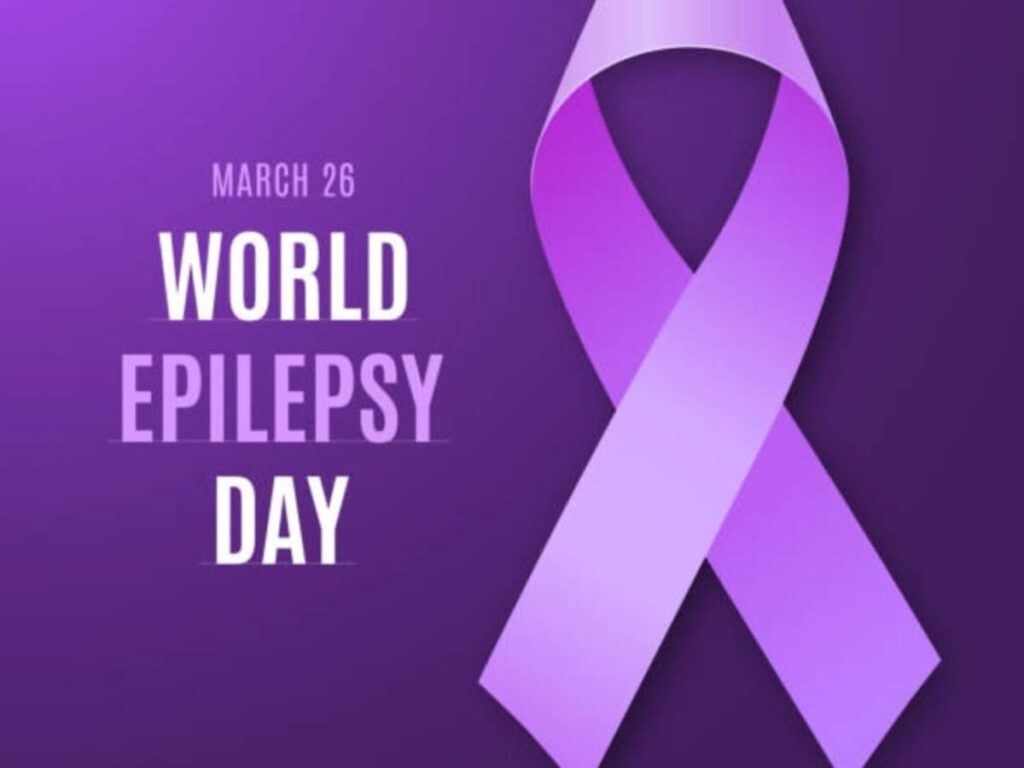Introduction
Purple Day, celebrated annually on March 26, serves as a global initiative to raise awareness about epilepsy. This day not only highlights the challenges faced by those living with epilepsy but also emphasizes the importance of understanding this condition. It aims to educate the public, support individuals with epilepsy, and promote research into better treatments and cures. In this article, we delve into the significance of Purple Day, its connection to epilepsy, and the crucial need for awareness and education surrounding this neurological disorder.
Understanding Purple Day
Started in 2008 by Cassidy Megan, a young girl who wanted to help others understand epilepsy, Purple Day is now recognized worldwide. The color purple symbolizes the fight against epilepsy, and people are encouraged to wear purple and engage in various activities to raise awareness on this day.
The Significance of the Color Purple
The choice of purple as the representative color for epilepsy is rooted in its association with ambition and creativity, reflecting the hopeful spirit of those living with the condition. Wearing purple can prompt conversations about epilepsy, thereby breaking the stigma surrounding the disorder.
Connection Between Purple Day and Epilepsy
Epilepsy is a neurological condition characterized by recurrent, unprovoked seizures due to abnormal electrical activity in the brain. Purple Day aims to dismantle myths and misconceptions about epilepsy, emphasizing that it can affect anyone, regardless of age, race, or gender. By promoting awareness, Purple Day encourages understanding and compassion for those suffering from this often-misunderstood condition.
Myths and Misconceptions about Epilepsy
| Myth | Fact |
|---|---|
| Epilepsy is contagious. | Epilepsy is not contagious; it is a neurological condition. |
| People with epilepsy cannot lead normal lives. | Many individuals with epilepsy lead full and active lives with proper management. |
| Only children can have epilepsy. | Epilepsy can develop at any age, often starting in childhood or late adulthood. |
The Importance of Awareness and Advocacy
Raising awareness about epilepsy is crucial for several reasons. Firstly, it helps eliminate stigma, allowing individuals with epilepsy to feel more accepted and understood. Secondly, increased awareness can lead to better support systems, such as educational programs in schools and workplaces. Finally, it promotes funding for research, which is vital for developing new treatments and potential cures.
Key Facts about Epilepsy
- Approximately 50 million people are affected by epilepsy worldwide.
- There are over 30 different types of seizures associated with epilepsy.
- More than 70% of people with epilepsy could live seizure-free with proper treatment.
How You Can Get Involved
Participating in Purple Day can take various forms. Here are some simple yet impactful ways to show your support:
- Wear purple and share your photos on social media using hashtags like #PurpleDay.
- Organize or participate in local events, workshops, or fundraisers.
- Educate yourself and others about epilepsy to spread awareness.
- Support epilepsy organizations that work for research and advocacy.
Conclusion
Purple Day serves as a vital reminder of the ongoing challenges faced by individuals living with epilepsy. By promoting awareness, understanding, and compassion, we can help break down barriers and support those affected by this condition. Getting involved in Purple Day activities not only honors those living with epilepsy but also fosters a community dedicated to advocacy and education. Together, we can make a significant difference in the lives of millions worldwide.
